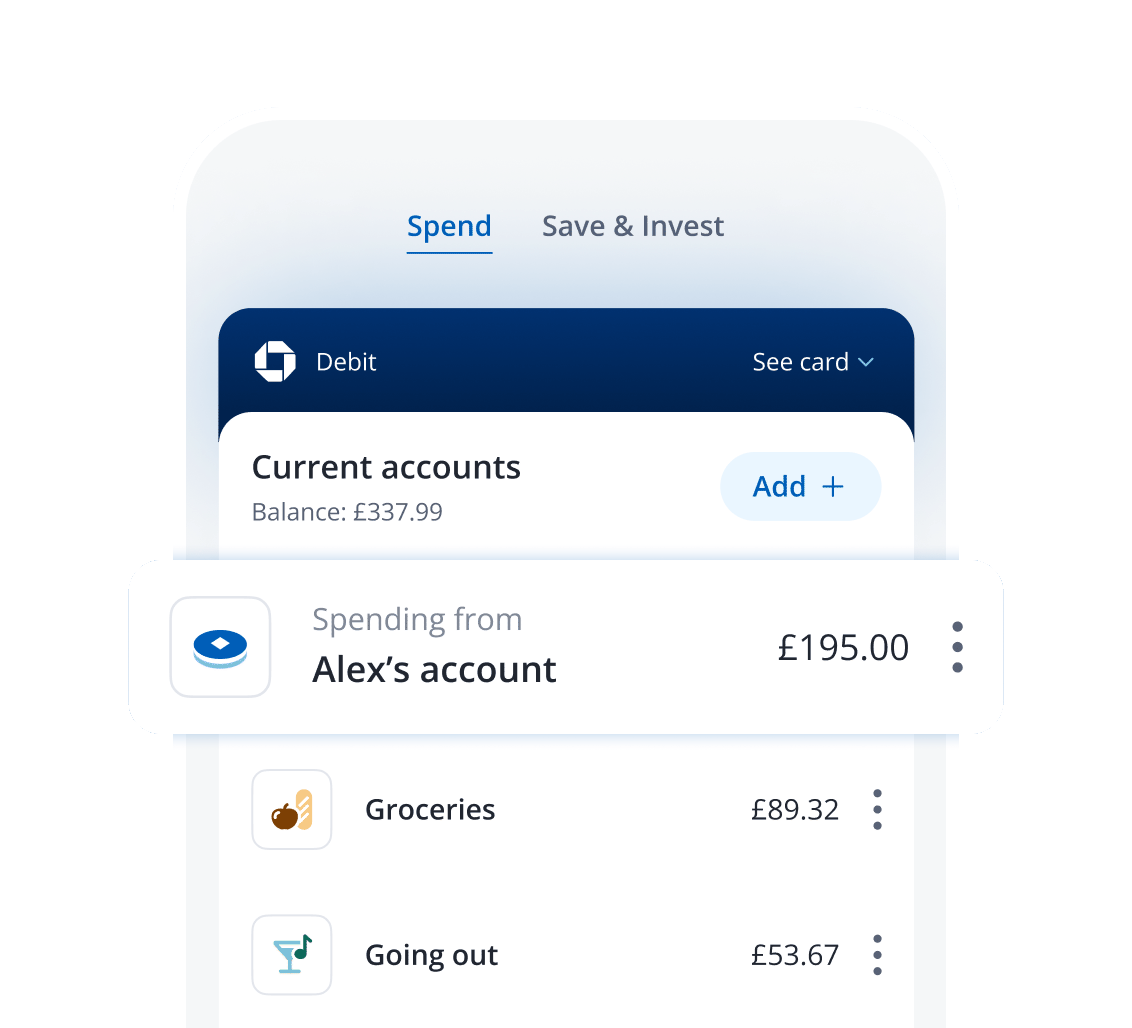money
Kakeibo: The Japanese art of budgeting and saving money
5 min | 24 April 2023



Managing your money can be hard, but there are ways to make things easier. The Japanese art of kakeibo can teach you how to be more mindful with your money.
Japan has mastered many approaches to organising and bringing some order to our lives. The tidying guru, with the book and a popular TV series, brought the idea of sparking joy to the world, while the Japanese concept of wabi-sabi has helped us embrace imperfection in our everyday lives.
You can now add to this list the Japanese method of saving money known as kakeibo. If your finances are in need of order or require a helping hand, kakeibo can help get them back on track.
What is kakeibo?
Pronounced 'kah-keh-boh', it translates “household financial ledger”. This concept was dreamed up in 1904 by Hani Motoko, who is considered Japan's first female journalist.
Kakeibo involves keeping a journal of all your incomings and outgoings so that you can see where you’re spending unnecessary money. It takes a more novel approach to saving money than other budgeting methods to help you think about why you’re making each purchase.
The focus is on being more mindful when spending, which means putting your money towards things that align with your goals. The idea is to slow down and take control by spending less on the things you don’t need and more on the things you enjoy.
How does it work?
At the beginning of each month, you set out a budget that documents your projected income and fixed spending. You'll also need to set yourself a savings goal. Similar to journaling, it involves keeping a diary of every penny you spend.
Start by splitting your spending into four different categories:
General: things you can’t live without, such as rent, food and transport.
Wants: purchases you enjoy but are not essential, including eating out, new clothes and hobbies.
Culture: any spending on cultural activities, including books, museum visits and concerts.
Unexpected extras: things you don’t regularly pay for, such as repairs, unexpected gifts or emergencies.
This approach will help give you a clearer understanding of where your money is going. If saving more is important to you, you’ll be able to see the areas of your budget that are stopping you from doing so.
Then, you write down every single thing you purchase. This can be painstaking work, but it doesn’t have to be. For example, there are apps that can help you organise this data, even down to exporting information into an Excel sheet. If you get into the habit of doing it once a day, and stick with it, you’ll get a better understanding of the reasons behind your spending.
At the end of the month, you review your progress to see whether you’ve stuck to your original targets. This gives you the chance to reflect on your objectives and see how much you’ve saved. Whether you’ve reached your goals or not, you can give yourself a pat on the back for trying. Take some time to assess where you could make changes by asking yourself the following questions:
- How much money do I have?
- How much money would I like to save?
- How much money am I spending?
- How can I improve?
For instance, you might realise you’re spending a lot on takeaways or enjoying one too many nights out each week.
Regularly reviewing your progress will help you become more aware of what you’re spending your cash on so you can make changes to your budget and achieve your savings goals.
Envelope budgeting
Kakeibo works in a similar way to the cash envelope budgeting system (where you plan your monthly expenses ahead of time by dividing your income into physical envelopes).
With the envelope method, you simply use marked envelopes containing cash for each expense category. For example, if you’ve budgeted £200 for food for the month, you only use the money dedicated to the category in that particular envelope. The aim is to prevent you from overspending by limiting the amount of money you have available. This can make it easier to track your outgoings each month and help bring your spending under control.
The good news is that, rather than carrying actual cash in envelopes around with you, some online banking platforms offer ways to do this digitally by creating ‘virtual’ envelopes – sometimes in the form of dedicated accounts – for the different categories to keep your money in.
While it may be possible to take the same approach with most digital banks, not all of them pay 1% cashback on everyday debit card spending for a year1. But Chase lets you open multiple accounts for free so you can create different accounts for all the different things you spend money on – while also earning cashback.
1 18+, UK residents. Cashback available for your first 12 months for new customers. Max £15 per month for applications from 9 May 2023. Cashback exceptions apply.


















